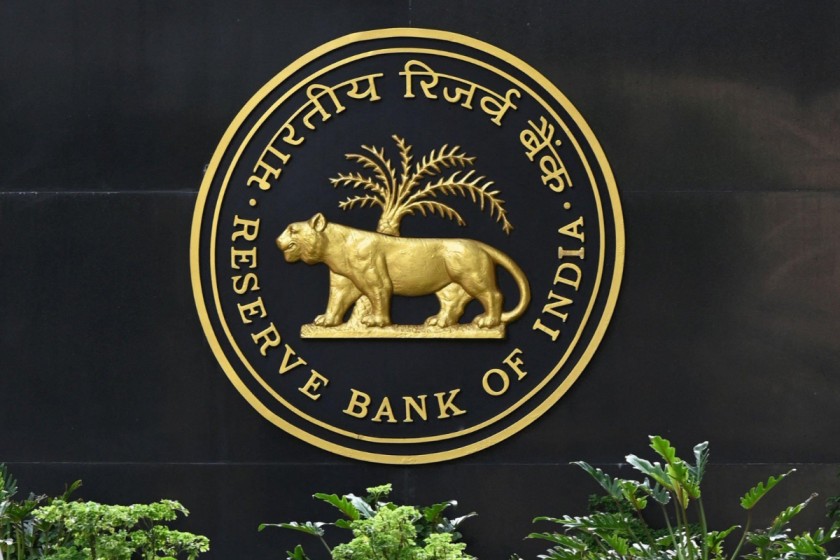- February 7, 2025
RBI’s monetary policy shift: A new course amidst global uncertainties

In a pivotal move, the Reserve Bank of India’s (RBI) Monetary Policy Committee (MPC) cut the policy repo rate for the first time in nearly five years, reducing it by 25 basis points to 6.25%. Governor Sanjay Malhotra, announcing the decision on 7 February 2025, underscored the dual objectives of anchoring inflation while fostering economic growth. The meeting, which commenced on 5 February, was held against a backdrop of global economic volatility, geopolitical tensions, and an evolving domestic growth landscape.
A calibrated approach
The MPC’s decision to reduce the policy repo rate under the Liquidity Adjustment Facility (LAF) was accompanied by corresponding adjustments: the Standing Deposit Facility (SDF) rate was lowered to 6.00%, while the Marginal Standing Facility (MSF) rate and the Bank Rate were set at 6.50%.
Despite the rate cut, the RBI opted to maintain a neutral monetary policy stance, ensuring the flexibility to respond to inflationary pressures while simultaneously supporting growth. This measured approach reflects a strategic effort to sustain economic momentum without fuelling inflationary risks.
Resilience amidst global headwinds
While global growth remains below historical averages, high-frequency indicators suggest resilience. The external environment, however, remains fraught with disinflation challenges, geopolitical tensions, and a strong US dollar, which has amplified financial market volatility for emerging economies, including India.
Domestically, the Indian economy is projected to grow at 6.4% in FY 2024-25, buoyed by a rebound in private consumption, services, and agriculture. The Union Budget’s tax relief measures are expected to bolster household spending, while fixed investments are set to improve, aided by high capacity utilisation, corporate health, and government-led capital expenditure.
Looking ahead, GDP growth for FY 2025-26 is estimated at 6.7%, with quarterly forecasts ranging between 6.5% and 7.0%. However, downside risks persist due to global trade restrictions, commodity price fluctuations, and financial market uncertainties.
Inflation trajectory: Moderation with caveats
Headline inflation has exhibited a downward trajectory, falling from 6.2% in October 2024 to more manageable levels in November-December. This moderation was primarily driven by a decline in food inflation, particularly in vegetable prices.
Going forward, food inflation is expected to soften further, supported by strong kharif output, easing vegetable prices, and a favourable rabi crop outlook. However, core inflation—covering goods, services, and fuel—may rise modestly but is likely to remain within acceptable bounds.
The RBI forecasts Consumer Price Index (CPI) inflation at 4.8% for FY 2024-25, with Q4 inflation projected at 4.4%. For FY 2025-26, inflation is expected to moderate to 4.2%, with a quarterly range of 3.8% to 4.5%. Volatility in global energy prices, financial market disruptions, and adverse weather patterns remain key inflationary risks.
Balancing growth and inflation
The repo rate cut marks a departure from the RBI’s tightening cycle, which began in May 2022 amid the Russia-Ukraine crisis. The central bank had held rates steady since May 2023, but the combination of moderate inflation and slower economic expansion has now provided room for monetary easing.
Despite global uncertainties, India’s macroeconomic fundamentals remain robust, with rebounding industrial activity, an optimistic business climate (as reflected in PMI indicators), and a steady current account deficit (CAD). The RBI also reaffirmed its commitment to a consistent foreign exchange policy and maintaining liquidity stability in the banking system.
Additional announcements
In a series of supplementary measures, the RBI announced:
- A review of trading and settlement timings in RBI-regulated markets.
- A dedicated domain for financial sector entities to mitigate fraud risks.
- An assessment of liquidity conditions, with system liquidity having turned into deficit on select dates in December and January.
- Healthy systemic indicators for NBFCs, reinforcing financial sector stability.
A delicate balancing act
The RBI’s latest policy decision highlights a shift towards a less restrictive monetary approach, aimed at sustaining economic recovery while keeping inflation in check. With global economic uncertainties still looming large, the central bank’s cautious yet growth-supportive stance reflects a fine balancing act. As India navigates a complex external environment, the coming months will test the RBI’s ability to maintain stability while fostering long-term economic expansion.
